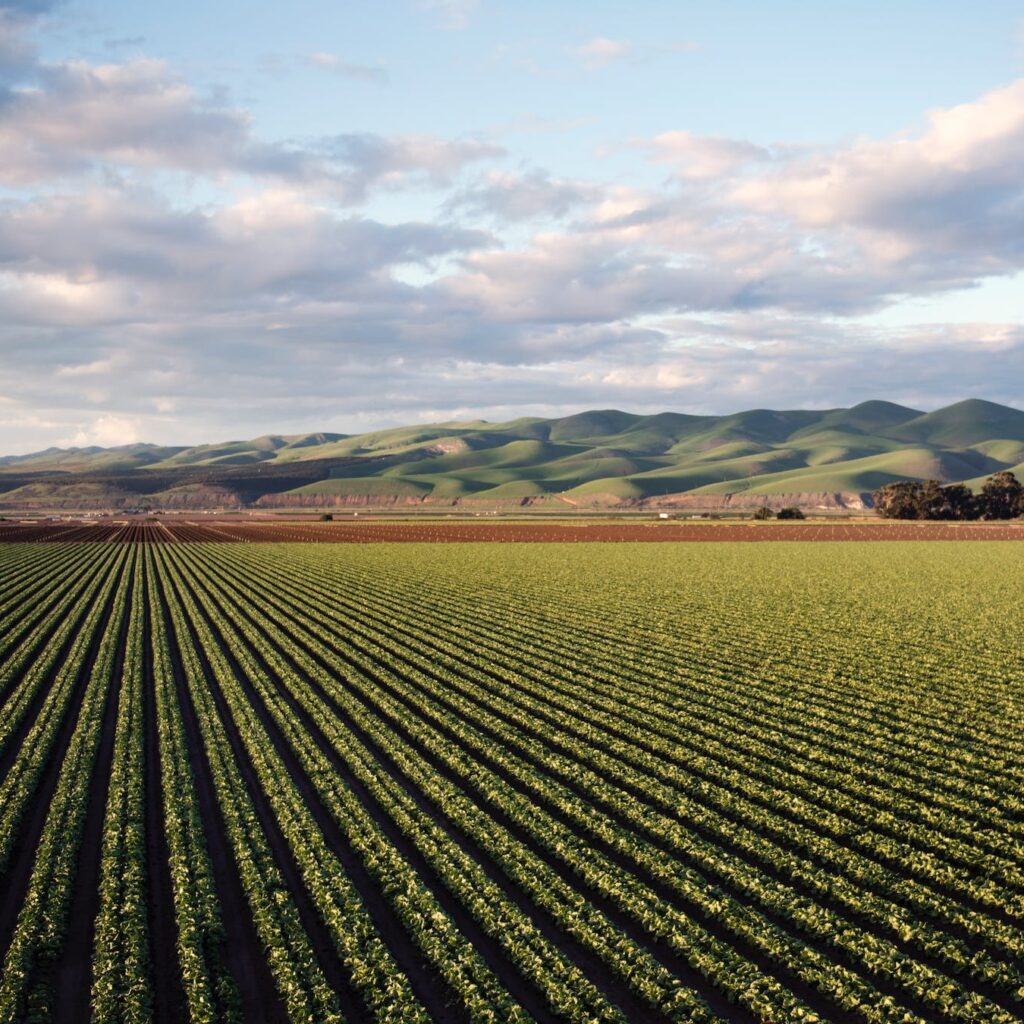
Green FLAGs
14 October, 2022
In terms of size of global greenhouse gas emissions, the forest, land, and agriculture (FLAG) sector is second only to the energy sector. But although FLAG generates nearly a quarter of global greenhouse gas emissions, until now companies have had no responsibility to account for these emissions in their disclosures or targets.
Why? As the old business adage goes: if you can’t measure it, you can’t manage it. Until recently there has been no formal guidance or methodology available to help companies account for the emissions associated with forestry, agricultural production, land use change and land management. While some companies have included these emissions in their footprint using available but non-standardised methodologies, others have left these emissions out entirely.
But with last month’s publication of the Science Based Targets initiative’s FLAG Guidance for emissions reduction targets, this will change. The new guidance (which draws from the upcoming GHG Protocol standard for accounting for land-related emissions) provides businesses in land-intensive sectors such as food, agriculture and forestry with a common, science-based understanding of how to account for and set targets related to land-related emissions. It includes guidance for the near-term (5 – 10 years from now) as well as the long term (by no later than 2050) targets. Crucially, it also requires that companies setting FLAG science-based targets publicly commit to zero deforestation no later than 2025.
The FLAG guidance fills an important gap in emissions accounting and target-setting. As a sector that is both a major contributor and uniquely vulnerable to climate change, it’s time for FLAG companies to take action to both measure and manage their emissions.
Not sure where to start? We are! Get in touch with our climate team to learn more about what the new SBTi guidance means for you.
By Louise Podmore
 Back to all friday 5
Back to all friday 5